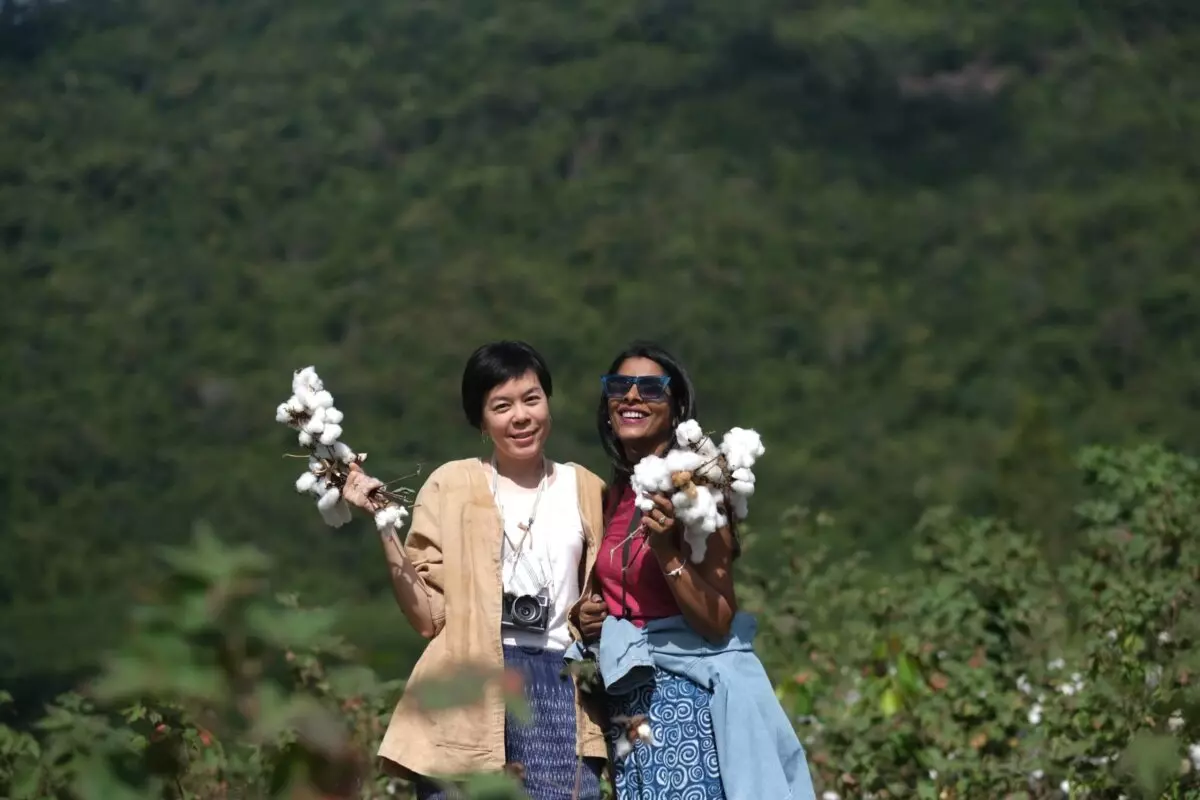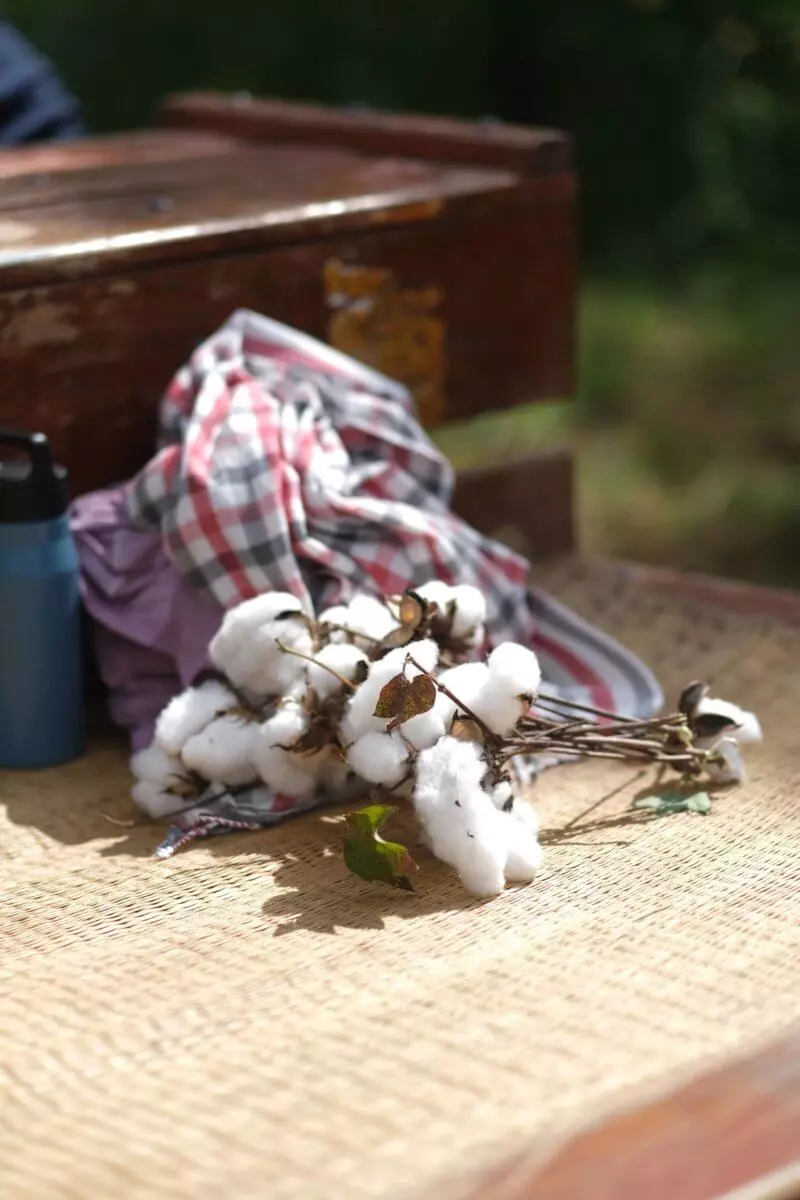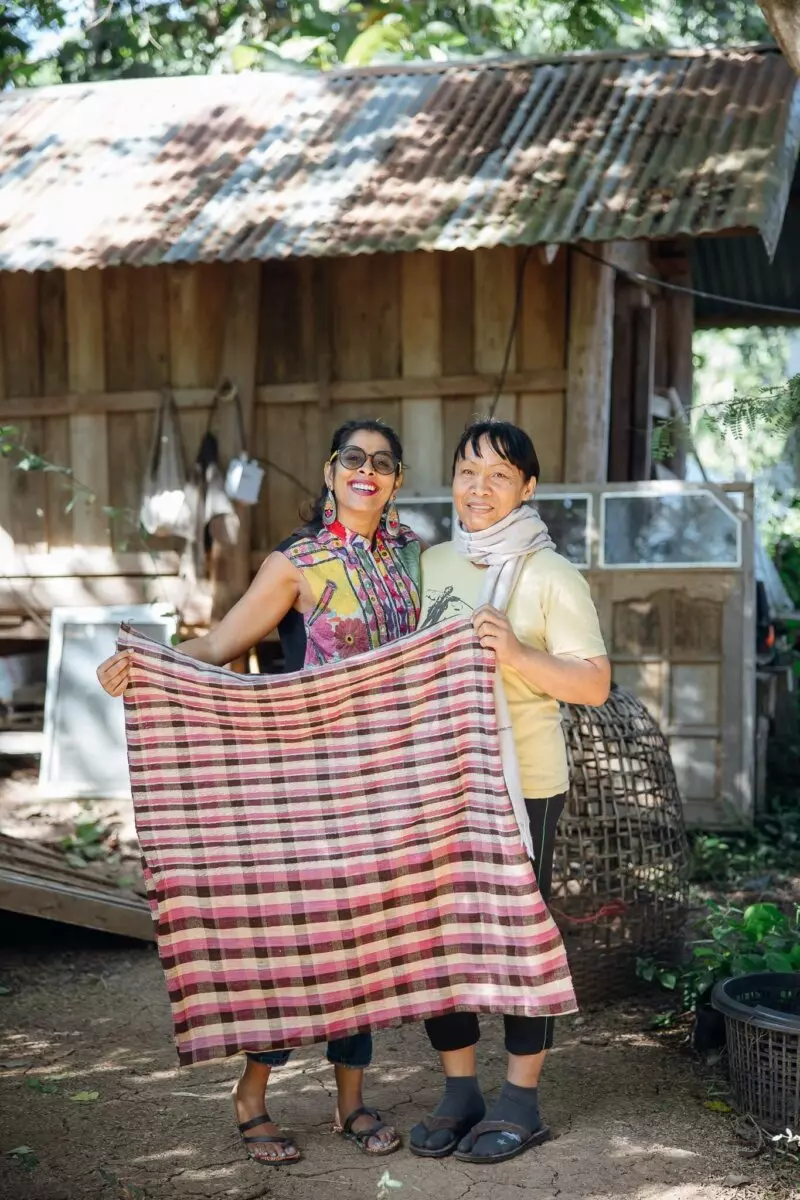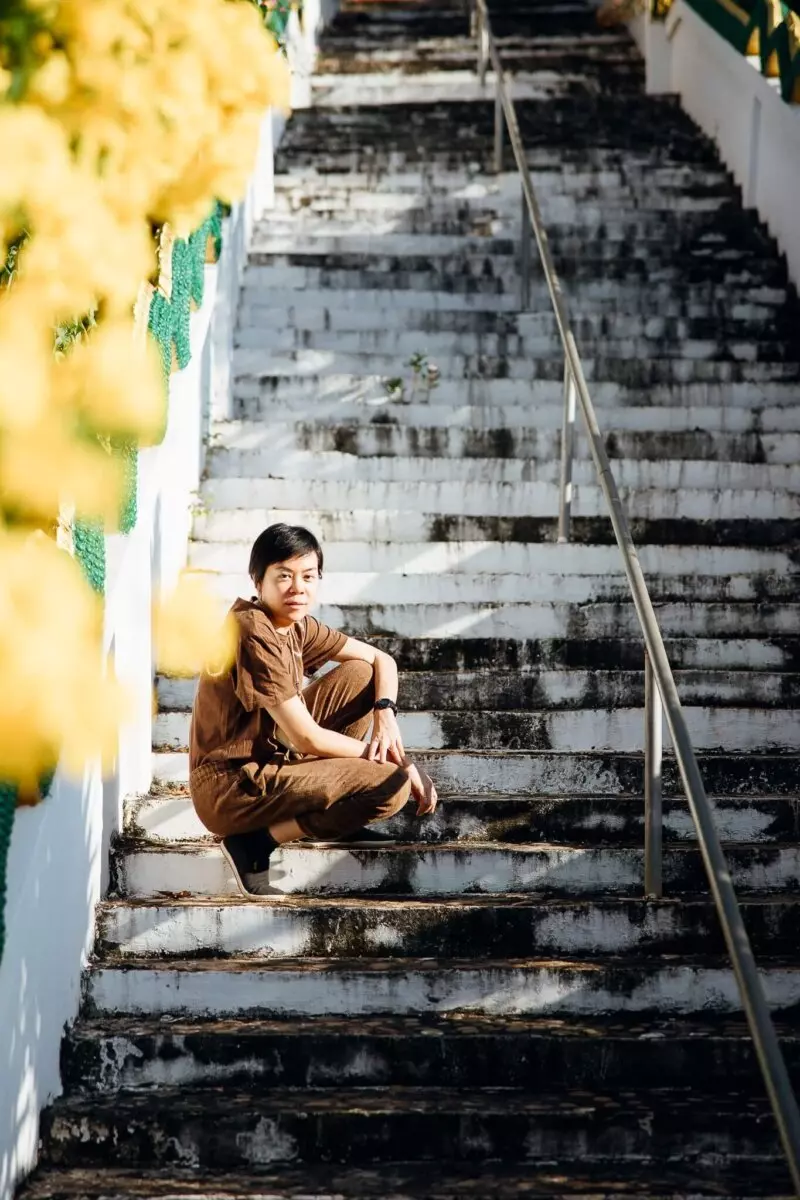“Demand quality not only in the products you buy but also in the life of the person who made it”: Orsola de Castro
Have you ever stopped to think about the true cost behind the clothes you wear? The fashion industry is often associated with glamour and trendiness, but there is a dark side that many people are unaware of. From human exploitation to environmental damage, the fast fashion industry has a lot to answer for.
That's why I embarked on a journey to Loei, Thailand, to uncover the world of slow fashion. I had the opportunity to meet Patsy Tapasanan, a member of the core team of Fashion Revolution Thailand. This organization is dedicated to promoting transparency and accountability in the fashion industry, specifically addressing the issues of fast and disposable fashion.
In April 2013, tragedy struck when the Rana Plaza building in Bangladesh collapsed, causing more than 1,100 deaths and injuring thousands of others. It was the fourth largest industrial disaster in history. Survivors revealed that they had noticed cracks in the building before its collapse, but the demand for fast fashion pushed them to keep working. This incident shed light on the lack of transparency in fashion supply chains and the devastating consequences it can have.
 Caption: Exploring the weaving process in Loei, Thailand
Caption: Exploring the weaving process in Loei, Thailand
The problem goes beyond fast fashion retailers; even mid-priced brands contribute to the issue. Most fashion brands and retailers do not own their manufacturing facilities, resulting in complex and opaque supply chains. Subcontracting and lack of transparency have dire consequences for the workers and the planet.
But there is hope. People are waking up to the dark side of the fashion industry and are demanding change. Organizations like Fashion Revolution are working tirelessly to create awareness and promote ethical and sustainable fashion practices. One such advocate for change is Patsy Tapasanan, the Founder and Creative Director of Folkcharm.
Folkcharm is a "farm-to-fashion" brand that empowers rural artisans and promotes the appreciation of slow fashion and rural crafts. Patsy, with her extensive experience in social development organizations, has created a brand that uses locally sourced handloom cotton, free from harmful chemicals. Her dedication to supporting rural communities and preserving traditional craftsmanship is truly inspiring.
 Caption: Weaving community in Loei, Thailand
Caption: Weaving community in Loei, Thailand
During my visit to Loei, I had the privilege of meeting various individuals who are driving change in their communities. From a lady who started her own social enterprise based on King Rama 9's vision of a sufficiency economy, to a ladyboy who shared tales of coexisting with wild elephants and using elephant dung for dyeing cotton, each story highlighted the passion and commitment to a more sustainable future.
One particular encounter that left a lasting impression was with Khun Jayor, the ladyboy. Her eyes reflected both joy and pain, a testament to the challenges she had overcome. I purchased a fabric woven by her, understanding that buying directly from artisans supports the artistic process of farm-to-fashion. Sustainable organic cotton may be more expensive compared to fast fashion, but it ensures that neither the planet nor the people involved in the process suffer.
 Caption: Picking cotton in Loei, Thailand
Caption: Picking cotton in Loei, Thailand
One of the highlights of my trip was the opportunity to visit a sustainable cotton farm. Unlike genetically modified cotton, which uses harmful pesticides and excessive water, this rain-fed cotton is grown sustainably and free of pesticides. The stories I heard about the unsustainability of GMO cotton and its devastating impact on farmers made me appreciate the importance of supporting slow fashion brands.
If you're a conscious consumer looking to build a sustainable wardrobe, I recommend using the Good On You app. It helps identify brands that prioritize transparency and sustainability in their supply chains. Supporting local brands like Folkcharm, with their traceable and ethical production processes, is a step towards a more mindful and responsible fashion industry.
 Caption: Exploring the beauty of Loei, Thailand
Caption: Exploring the beauty of Loei, Thailand
My journey into Loei, Thailand, opened my eyes to the power of slow fashion. It taught me that fashion should be empowering, not at the expense of social and environmental justice. By supporting brands like Folkcharm and embracing the principles of slow fashion, we can create a more sustainable future for both the planet and the people behind our clothes.
Remember, the choices we make as consumers have the power to shape the fashion industry. Let's choose quality over quantity, support local artisans, and demand transparency. Together, we can revolutionize the fashion industry and make it a force for good.


















